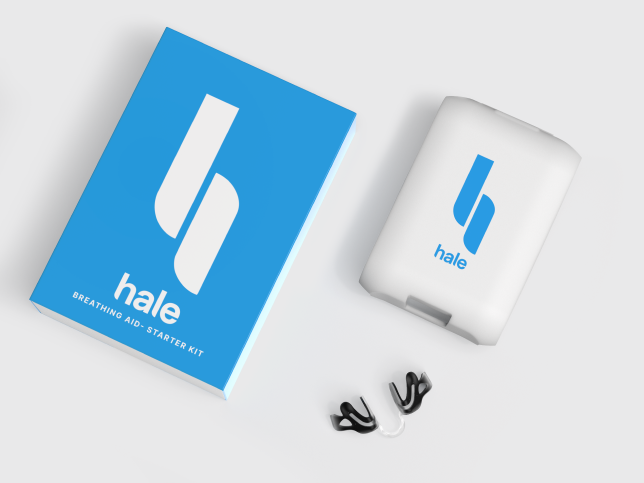
In recent times, a peculiar trend has emerged among athletes: taping over their mouths. This practice, which might seem unusual at first glance, is gaining traction across various sports. But what’s the reason behind it? The New York Times delves into this intriguing phenomenon in their article “Why Are Sportspeople Taping Over Their Mouths?”. Here’s a summary of the key insights.
The Science Behind Mouth Taping
The primary purpose of mouth taping is to promote nasal breathing over mouth breathing. Athletes are turning to this method for several scientifically-backed reasons:
- Enhanced Oxygen Intake: Nasal breathing is believed to enhance oxygen uptake more efficiently than mouth breathing. This can lead to improved endurance and performance during physical activities.
- Better Sleep Quality: For athletes, quality sleep is crucial for recovery. Mouth taping is used to prevent mouth breathing during sleep, which can reduce snoring and lead to deeper, more restful sleep.
- Reduced Risk of Dehydration: Breathing through the mouth can lead to quicker moisture loss, increasing the risk of dehydration. Nasal breathing helps retain moisture, maintaining better hydration levels during intense physical exertion.
- Improved Focus and Calmness: Nasal breathing activates the parasympathetic nervous system, which helps in reducing stress and maintaining calm. This can be particularly beneficial in high-pressure sports scenarios.
Athletes Embracing Mouth Taping
The article highlights how several professional athletes have adopted mouth taping as part of their training and recovery routines. These athletes report noticeable improvements in their performance, endurance, and overall well-being. The practice is not limited to any specific sport, with athletes from running, cycling, and even team sports like soccer and basketball experimenting with mouth taping.
Medical Opinions
Medical experts weigh in on the trend, offering a balanced perspective. While some endorse the potential benefits of nasal breathing, they caution that mouth taping might not be suitable for everyone. Individuals with certain respiratory issues or nasal obstructions might find it uncomfortable or ineffective.
Practical Tips for Trying Mouth Taping
For those curious about trying mouth taping, the article offers practical advice:
- Start Slowly: Begin by using the tape for short periods, such as during low-intensity workouts or while relaxing at home.
- Consult a Professional: Before incorporating it into your routine, especially during sleep, consult with a healthcare provider to ensure it’s safe for you.
- Use Appropriate Tape: Specially designed mouth tapes are available that are gentle on the skin and safe to use.
Conclusion
Mouth taping is an emerging trend among athletes aiming to enhance their performance and recovery through better breathing techniques. While it holds promise, it’s essential to approach it with caution and professional guidance. To dive deeper into this fascinating topic, read the full article on The New York Times.
By understanding the science and benefits behind mouth taping, athletes can make informed decisions about incorporating this practice into their routines. Whether you’re a professional athlete or a fitness enthusiast, nasal breathing could be a game-changer in optimizing your physical performance and overall health.
